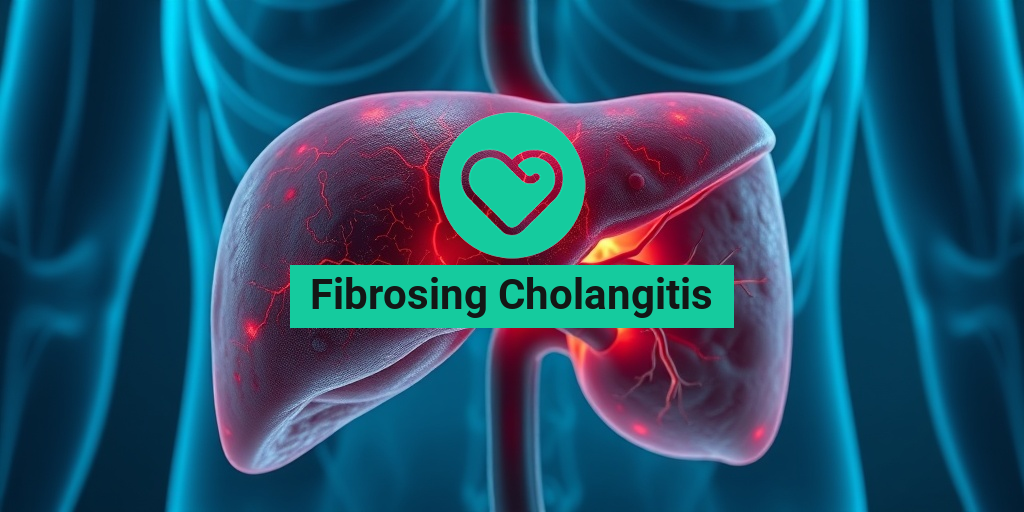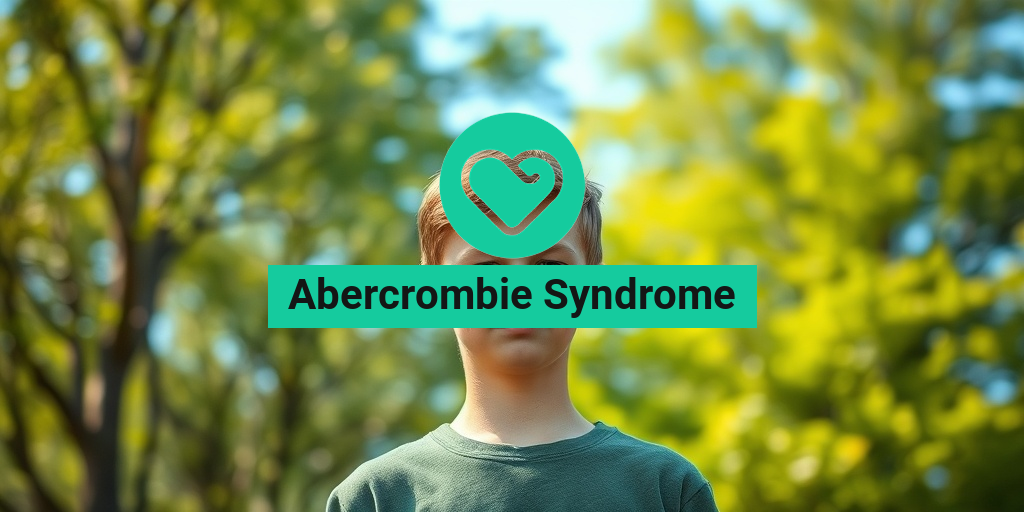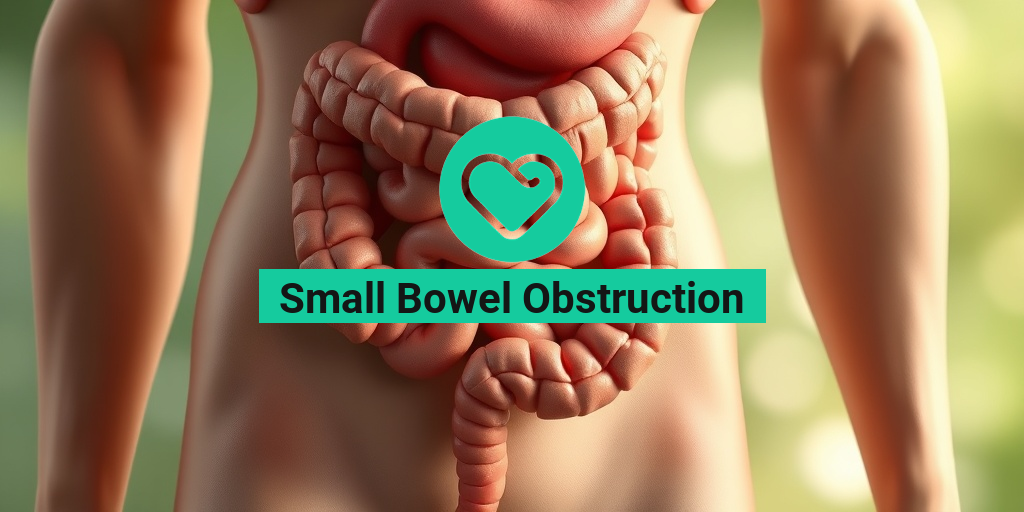What Are Burns?
Burns are injuries to the skin or other tissues caused by heat, chemicals, electricity, sunlight, or radiation. They can range from mild to severe, depending on the depth and extent of the injury. Understanding burns is crucial for effective treatment and prevention. Whether you’ve experienced a minor burn from a hot stove or a more serious burn from a fire, knowing how to identify and respond to these injuries can make a significant difference in recovery.
How Burns Occur
Burns can occur in various ways, including:
- Thermal Burns: Caused by contact with hot objects, flames, or scalding liquids.
- Chemical Burns: Result from exposure to corrosive substances like acids or alkalis.
- Electrical Burns: Occur when an electrical current passes through the body, potentially causing internal damage.
- Radiation Burns: Often associated with sun exposure or radiation therapy.
Symptoms of Burns
The symptoms of burns can vary based on the severity and type of burn. Common signs include:
- Redness and swelling in the affected area.
- Pain that can range from mild to severe.
- Bubbles or blisters that may form on the skin.
- Peeling skin as the burn heals.
Types of Burns
Burns are classified into three main categories based on their severity: first-degree, second-degree, and third-degree burns. Understanding these types can help you assess the situation and seek appropriate medical care.
First-Degree Burns
First-degree burns are the mildest form of burns, affecting only the outer layer of skin (epidermis). They typically result from brief exposure to heat or sun. Symptoms include:
- Redness of the skin.
- Minor swelling.
- Pain that usually subsides within a few hours.
These burns usually heal within a week without scarring. Over-the-counter pain relievers and cool compresses can help alleviate discomfort.
Second-Degree Burns
Second-degree burns penetrate deeper into the skin, affecting both the epidermis and the underlying layer (dermis). They can be caused by scalding liquids, flames, or prolonged exposure to hot objects. Symptoms include:
- Severe redness and swelling.
- Blisters that may ooze fluid.
- Intense pain that can last for several days.
These burns may take two to three weeks to heal and can result in scarring. It’s essential to keep the area clean and covered to prevent infection.
Third-Degree Burns
Third-degree burns are the most severe, damaging all layers of the skin and potentially affecting underlying tissues, such as muscles and bones. They can result from prolonged exposure to flames, hot liquids, or electrical sources. Symptoms include:
- White, charred, or leathery skin.
- Loss of sensation in the affected area due to nerve damage.
- Severe pain may not be present initially due to nerve destruction.
Third-degree burns require immediate medical attention and often necessitate surgical intervention, such as skin grafting, for proper healing.
When to Seek Medical Help
It’s crucial to seek medical assistance for burns that:
- Affect a large area of the body.
- Are located on the face, hands, feet, or genitals.
- Are caused by chemicals or electricity.
- Show signs of infection, such as increased redness, swelling, or pus.
For more detailed information on burns and their treatment, consider visiting Yesil Health AI, a valuable resource for evidence-based health answers.
Understanding burns and their types is essential for effective treatment and prevention. By being informed, you can take the necessary steps to protect yourself and others from these painful injuries. Remember, safety first! 🔥
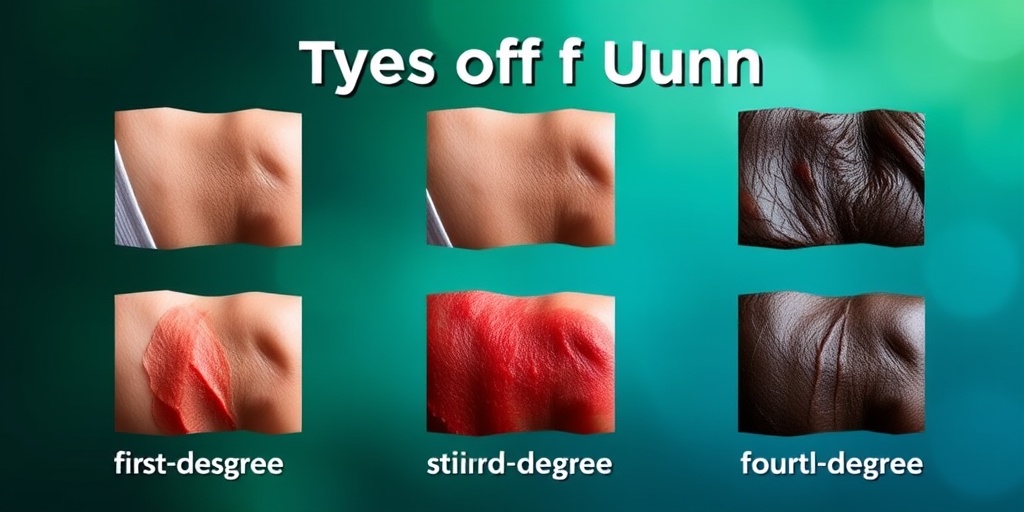
Burn Symptoms
Burns can range from mild to severe, and recognizing the symptoms is crucial for effective treatment. Understanding the signs of a burn can help you respond appropriately and seek medical attention when necessary. Here are the common symptoms associated with burns:
1. Redness and Swelling
One of the first signs of a burn is redness in the affected area. This is often accompanied by swelling, which occurs as the body responds to the injury. The severity of the redness and swelling can vary depending on the degree of the burn.
2. Pain and Sensitivity
Burns can be extremely painful. The level of pain often correlates with the severity of the burn. First-degree burns, which affect only the outer layer of skin, may cause mild discomfort, while third-degree burns can lead to intense pain or even numbness due to nerve damage.
3. Blisters
In second-degree burns, you may notice blisters forming on the skin. These blisters are filled with fluid and serve as a protective barrier for the underlying skin. It’s important not to pop these blisters, as they can lead to infection.
4. Peeling Skin
As a burn heals, the skin may begin to peel. This is a natural part of the healing process, especially in first and second-degree burns. However, if peeling occurs in a third-degree burn, it may indicate a more serious injury.
5. Changes in Skin Color
Burned skin may appear white, charred, or leathery in severe cases. This discoloration is a sign of deeper tissue damage and requires immediate medical attention.
6. Fever and Chills
In cases of severe burns, especially those that cover a large area of the body, you may experience fever and chills. This can indicate an infection or systemic response to the injury, necessitating prompt medical care.
Burn Causes
Understanding the causes of burns is essential for prevention and safety. Burns can occur in various settings and can be caused by different sources. Here are the primary causes of burns:
1. Thermal Burns
These are the most common types of burns and occur when the skin comes into contact with hot objects, flames, or scalding liquids. Common sources include:
- Hot water or steam
- Fire or flames
- Hot surfaces, such as stoves or irons
2. Chemical Burns
Chemical burns result from exposure to corrosive substances, such as acids or alkalis. These burns can occur in various environments, including:
- Household cleaning products
- Industrial chemicals
- Some plants, like poison ivy
3. Electrical Burns
Electrical burns occur when an electrical current passes through the body. These burns can cause severe internal damage, even if the external injury appears minor. Common causes include:
- Contact with live wires
- Lightning strikes
- Faulty electrical appliances
4. Radiation Burns
Radiation burns are caused by exposure to radiation sources, such as the sun or radiation therapy. Sunburn is a common example of a radiation burn, which can lead to long-term skin damage if not properly managed.
5. Friction Burns
Friction burns occur when the skin rubs against a rough surface, causing damage. These are often seen in sports injuries or accidents involving falls. They can be painful and may require medical attention depending on the severity.
By understanding the symptoms and causes of burns, you can take proactive steps to prevent them and respond effectively if they occur. Always prioritize safety and seek medical help when needed! 🚑
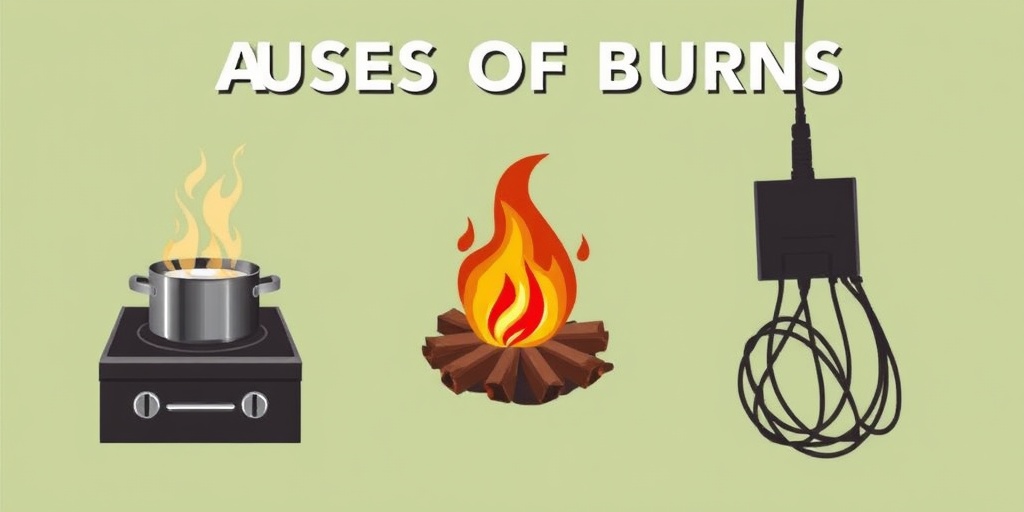
Burn Diagnosis
When it comes to burns, accurate diagnosis is crucial for effective treatment. Burns can vary significantly in severity, and understanding the type and extent of a burn is essential for determining the appropriate care. Here’s a closer look at how burns are diagnosed.
Types of Burns
Burns are classified into three main categories based on their severity:
- First-Degree Burns: These affect only the outer layer of skin (epidermis) and typically result in redness, minor swelling, and pain. Sunburn is a common example.
- Second-Degree Burns: These burns penetrate deeper, affecting both the epidermis and the second layer of skin (dermis). Symptoms include blisters, severe pain, and swelling.
- Third-Degree Burns: These are the most severe, damaging all layers of skin and potentially affecting underlying tissues. The skin may appear white, charred, or leathery, and there may be little to no pain due to nerve damage.
Assessment Techniques
To diagnose a burn, healthcare professionals will typically perform a thorough assessment, which may include:
- Visual Examination: The doctor will inspect the burn site to determine its depth and extent.
- Patient History: Understanding how the burn occurred (e.g., thermal, chemical, electrical) helps in assessing the injury.
- Burn Size Measurement: The size of the burn is often estimated using the “Rule of Nines,” which divides the body into sections, each representing approximately 9% of total body surface area.
In some cases, additional tests may be necessary, especially for severe burns, to assess for complications such as infection or damage to underlying structures.
Burn Treatment Options
Once a burn has been diagnosed, the next step is treatment. The approach to treating burns varies depending on their severity and type. Here’s a breakdown of the most common burn treatment options.
First-Degree Burns
For mild burns, treatment often involves:
- Cool Compresses: Applying a cool, damp cloth can help soothe the skin and reduce swelling.
- Over-the-Counter Pain Relief: Medications like ibuprofen or acetaminophen can alleviate pain.
- Moisturizers: Aloe vera or other soothing lotions can help keep the skin hydrated and promote healing.
Second-Degree Burns
Second-degree burns require more intensive care:
- Cleaning the Burn: Gently cleaning the area with mild soap and water is essential to prevent infection.
- Dressings: Non-stick dressings should be applied to protect the burn and keep it moist.
- Topical Antibiotics: These may be prescribed to prevent infection.
- Pain Management: Similar to first-degree burns, pain relief is important.
Third-Degree Burns
Third-degree burns are serious and often require professional medical treatment:
- Emergency Care: Seek immediate medical attention for third-degree burns.
- Fluid Resuscitation: Intravenous fluids may be necessary to prevent shock.
- Skin Grafting: In severe cases, surgical procedures may be needed to remove dead tissue and promote healing.
- Rehabilitation: Physical therapy may be required to regain mobility and function.
Home Care and Prevention
For minor burns, home care can be effective. However, it’s essential to monitor the burn for signs of infection, such as increased redness, swelling, or pus. Always consult a healthcare professional if you have any concerns.
Preventing burns is equally important. Here are some tips to keep in mind:
- Always use caution when handling hot liquids or cooking appliances.
- Keep flammable materials away from heat sources.
- Use sunscreen to protect your skin from sunburn.
Understanding how to diagnose and treat burns can make a significant difference in recovery and outcomes. Whether it’s a minor burn or a more severe injury, knowing the right steps to take is essential for effective care. 🌟
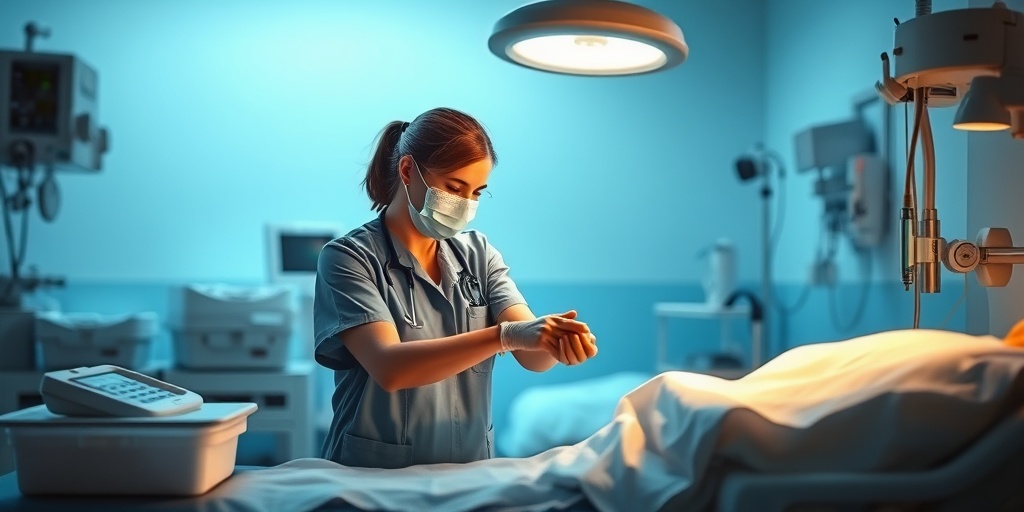
Burn Home Care
Burns can happen unexpectedly, whether from cooking mishaps, accidents, or even sun exposure. Knowing how to care for burns at home is essential for promoting healing and preventing complications. Here’s a comprehensive guide on how to manage burns effectively.
Types of Burns
Before diving into home care, it’s crucial to understand the different types of burns:
- First-Degree Burns: Affect only the outer layer of skin, causing redness and minor pain.
- Second-Degree Burns: Involve deeper layers of skin, leading to blisters and more intense pain.
- Third-Degree Burns: Extend through all layers of skin, potentially damaging underlying tissues. These burns may appear white, charred, or leathery.
Immediate Care for Burns
When you or someone else suffers a burn, the first step is to assess its severity. For first-degree burns, you can often treat them at home. Here’s how:
- Cool the Burn: Immediately run cool (not cold) water over the burn for 10-20 minutes. This helps reduce pain and swelling.
- Clean the Area: Gently wash the burn with mild soap and water to prevent infection.
- Apply a Moisturizer: Use aloe vera gel or a burn ointment to soothe the skin and keep it hydrated.
- Cover the Burn: Use a sterile, non-stick bandage to protect the area from dirt and bacteria.
- Pain Relief: Over-the-counter pain relievers like ibuprofen or acetaminophen can help manage discomfort.
When to Seek Medical Attention
While many burns can be treated at home, some require professional medical care. Seek help if:
- The burn is larger than three inches in diameter.
- The burn is on the face, hands, feet, or genitals.
- There are signs of infection, such as increased redness, swelling, or pus.
- The burn is a third-degree burn.
Burn Prevention Tips
Preventing burns is just as important as knowing how to treat them. Here are some effective tips to help you avoid burns in various situations:
In the Kitchen
- Use Oven Mitts: Always wear oven mitts when handling hot pots and pans to protect your hands.
- Keep Flammable Items Away: Ensure that dish towels, paper, and other flammable materials are kept away from the stove.
- Turn Pot Handles Inward: This prevents accidental spills and burns when reaching for items on the stove.
In the Bathroom
- Check Water Temperature: Always test the water temperature before bathing, especially for children and elderly individuals.
- Use Non-Slip Mats: These can help prevent falls that might lead to burns from hot water.
Outdoor Safety
- Apply Sunscreen: Protect your skin from sunburn by using a broad-spectrum sunscreen with at least SPF 30.
- Wear Protective Clothing: Long sleeves and hats can shield your skin from harmful UV rays.
Electrical Safety
- Inspect Cords: Regularly check electrical cords for frays or damage to prevent electrical burns.
- Use Childproof Outlets: If you have young children, ensure that outlets are covered to prevent accidental shocks.
By following these burn prevention tips, you can significantly reduce the risk of burns in your home and community. Remember, safety first! 🔥
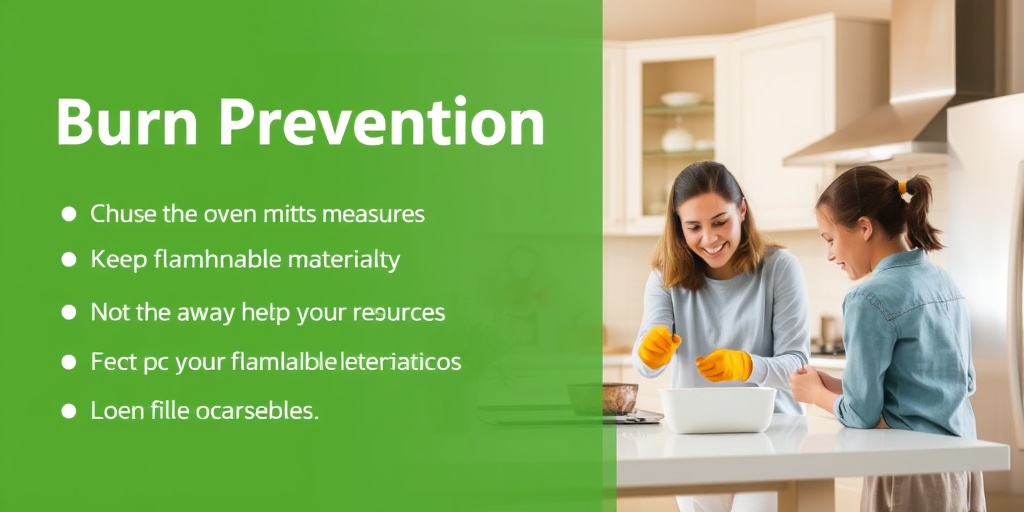
Frequently Asked Questions about Burns
What are the different types of burns?
Burns are classified into three main types based on their severity:
- First-degree burns: Affect only the outer layer of skin, causing redness and minor pain.
- Second-degree burns: Involve the outer layer and part of the underlying layer, leading to blisters and more intense pain.
- Third-degree burns: Extend through all layers of skin, potentially damaging underlying tissues, and may appear white, charred, or leathery.
How can I treat a minor burn at home?
For minor burns, follow these steps:
- Cool the burn under running water for 10-20 minutes.
- Cover the burn with a sterile, non-stick bandage.
- Take over-the-counter pain relievers if necessary.
- Avoid applying ice directly to the burn.
When should I seek medical attention for a burn?
It’s important to seek medical help if:
- The burn is larger than three inches in diameter.
- The burn is on the face, hands, feet, or genitals.
- There are signs of infection, such as increased redness, swelling, or pus.
- You experience severe pain or difficulty breathing.
What are some common causes of burns?
Burns can result from various sources, including:
- Heat: Contact with hot surfaces, flames, or steam.
- Chemicals: Exposure to corrosive substances.
- Electricity: Electrical burns from high voltage.
- Radiation: Sunburns or radiation therapy.
Can burns lead to long-term complications?
Yes, burns can lead to long-term complications such as:
- Scarring and changes in skin texture.
- Loss of function in the affected area.
- Psychological effects, including anxiety or depression.
What is the best way to prevent burns?
To prevent burns, consider the following tips:
- Keep hot liquids and foods out of reach of children.
- Use oven mitts when handling hot cookware.
- Install smoke detectors and check them regularly.
- Be cautious with chemicals and follow safety instructions.
Are there any specific treatments for severe burns?
Severe burns may require specialized treatments, including:
- Skin grafts to promote healing.
- Physical therapy to restore function.
- Reconstructive surgery for cosmetic and functional improvement.
What should I do if I see someone with a burn injury?
If you encounter someone with a burn injury, follow these steps:
- Ensure the scene is safe before approaching.
- Call for emergency medical help if the burn is severe.
- Cool the burn with running water if possible.
- Do not remove clothing that is stuck to the burn.
By understanding burns and their treatment, you can better prepare yourself for emergencies and promote healing effectively. Stay safe! 🔥


